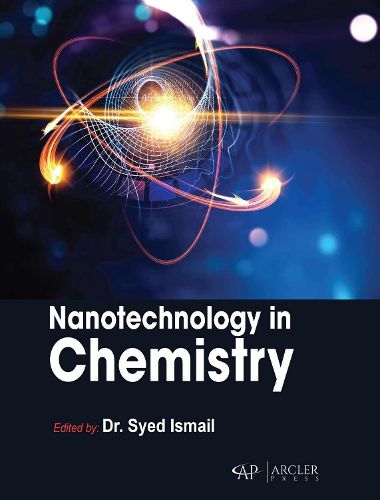Readings Newsletter
Become a Readings Member to make your shopping experience even easier.
Sign in or sign up for free!
You’re not far away from qualifying for FREE standard shipping within Australia
You’ve qualified for FREE standard shipping within Australia
The cart is loading…






Nanotechnology refers to any technology at the nanoscale with real-world applicability. Nanotechnology involves creating and applying physical, chemical, and biological systems at scales ranging from atoms to submicrons, as well as integrating these nanostructures into larger systems. Nanofabrication involves manipulating or self-assembling individual atoms, molecules, or molecular structures to create nanostructured materials and submicron electronics. Top-down lithography and nonlithography are used to create micro- and nanosystem components. Nanotechnology will have a significant impact on the economy and society in the early 21st century, similar to semiconductor technology, information technology, and advancements in cellular and molecular biology. Nanotechnology research could lead to breakthroughs in various fields, including materials and manufacturing, nanoelectronics, medicine, energy, biotechnology, information technology, and national security. Nanotechnology is expected to fuel the next industrial revolution.
Nanotechnology in Chemistry aims to serve as a comprehensive resource for students, researchers, and professionals interested in exploring the vast potential of nanotechnology in chemistry. This book covers foundational concepts, advanced synthesis techniques, cutting-edge characterization methods, and diverse applications of nanomaterials in various domains.
$9.00 standard shipping within Australia
FREE standard shipping within Australia for orders over $100.00
Express & International shipping calculated at checkout
Nanotechnology refers to any technology at the nanoscale with real-world applicability. Nanotechnology involves creating and applying physical, chemical, and biological systems at scales ranging from atoms to submicrons, as well as integrating these nanostructures into larger systems. Nanofabrication involves manipulating or self-assembling individual atoms, molecules, or molecular structures to create nanostructured materials and submicron electronics. Top-down lithography and nonlithography are used to create micro- and nanosystem components. Nanotechnology will have a significant impact on the economy and society in the early 21st century, similar to semiconductor technology, information technology, and advancements in cellular and molecular biology. Nanotechnology research could lead to breakthroughs in various fields, including materials and manufacturing, nanoelectronics, medicine, energy, biotechnology, information technology, and national security. Nanotechnology is expected to fuel the next industrial revolution.
Nanotechnology in Chemistry aims to serve as a comprehensive resource for students, researchers, and professionals interested in exploring the vast potential of nanotechnology in chemistry. This book covers foundational concepts, advanced synthesis techniques, cutting-edge characterization methods, and diverse applications of nanomaterials in various domains.